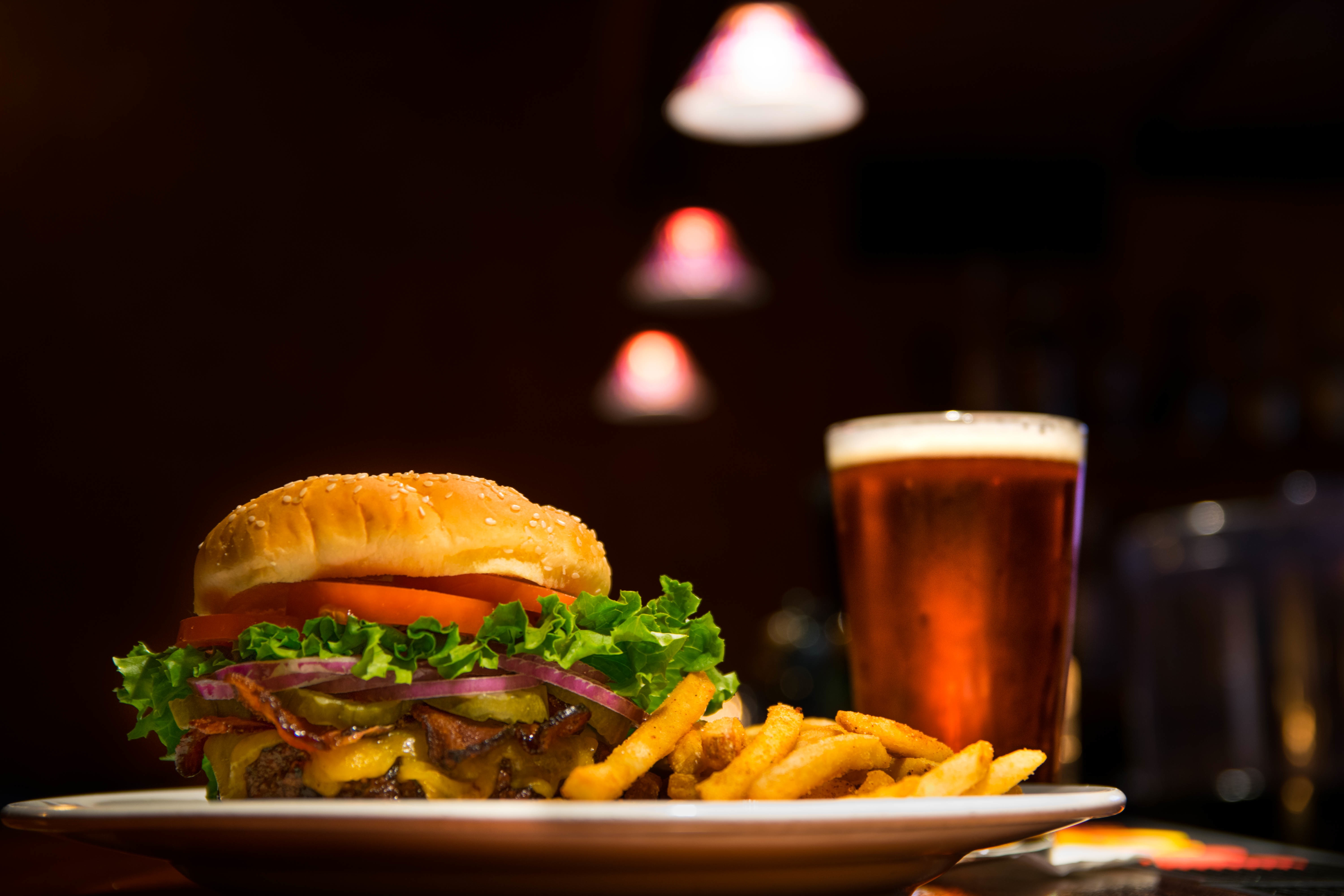Caloric excess is one of the most pressing public health concerns of the modern world.
Part of this problem arises from the fact that we consume such a significant proportion of calories ( close to 25%) from foods that don’t actually offer us a great deal of nutritional value ( ie: minimal fibre, antioxidants, protein, vitamins, minerals).
These foods are considered “discretionary” foods because they do not technically fit into any of the primary food groups.
I believe it is important for both the general public and health professionals to understand what these foods are, as they represent one of the main sources of excessive calories in our diets.
Personally, I ALWAYS ask my clients about their intake of these 8 foods as it helps me determine where extra and unnecessary calories may be coming from in their diet a
Let’s take a look at the top 8
1. Soft Drinks: Perhaps unsurprisingly, soft drinks represent the #1 most significant source of discretionary calories. Cutting back on soft drinks is an easy way for most of us to reduce our caloric intake.
2. Salad Dressings: I always ask my clients how much and what type of salad dressing they use for the very reason that salad dressings are big hitters when it comes to caloric intake.
3. Sugars/Syrups: Although that single sugar in your coffee won’t make or break your day, the sum of all the honey, jams, syrups you might add to your food certainly adds up.
4. Beer: Beer is a commonly enjoyed alcoholic beverage that comes in at 150 calories a can. Cutting back beer intake has helped many of my clients better manage their weight.
5. Fruit Drinks: This refers to fruit-flavoured drinks, and not 100% fruit juice which would qualify as a serving of fruit. Personally, I’m not a huge fan of fruit juice either as I’d rather you be eating whole fruit.
6. Vegetable Oils/Margarine: Yes, vegetable oils contain healthy fats. No, this does not mean we can use as much as we want of them. The liberal use of oils during food prep is a major barrier to weight management in some people. There is a massive difference between using 1 or 5 tbsp of oil while preparing a dish ( 500 calories).
7. Chips & Chocolate Bars: Statistically speaking chips and chocolate bars are the most popular “junk foods” in Canada, apparently. Switching over to 85% dark chocolate and popcorn is a reasonable, healthier swap.
8. Butter: A household favourite for many, butter doesn’t offer us much beyond saturated fat and cholesterol ( which we don’t need). If you love to use butter, be sure to use as little as possible.
Data sourced from Canadian Community Health Survey ( CCHS) 2004
What can you do with this information?
That depends on who you are.
If you are a health professional…
Not that you aren’t already, but be wary of these particular foods as a likely source of excess calories in your patients diet.
Query your patients closely about the consumption of the foods if you suspect excess calories from an unidentified source.
If you are reading this for personal educational purposes
Be wary of the use of these foods in your diet, and the amount you use them in.
If you are struggling to manage your weight, over consumption of these foods may be a primary culprit.
Regardless of your motivation for reading, I hope today’s article has provided you with some valuable insights.
Until next time,
Andy De Santis RD MPH



